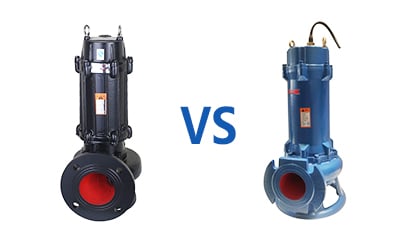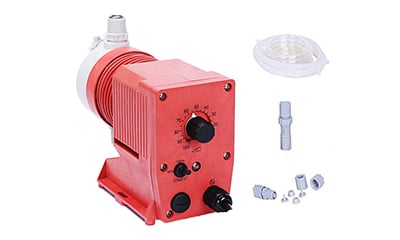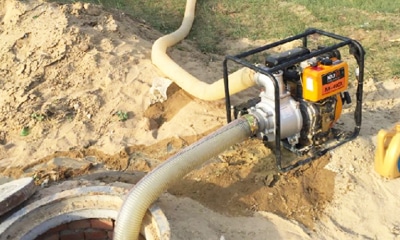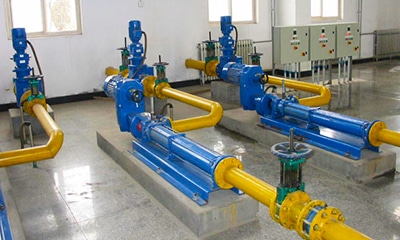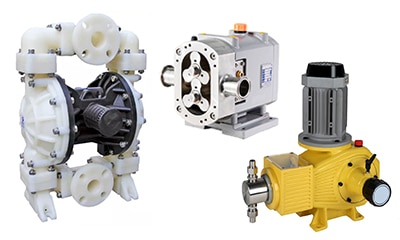Although it is common to hear the terminology used interchangeably, there are actually some very significant differences between sump pumps and grinder pumps. Both are used at elevations where mechanical assistance is needed to move the effluent upward. What are the differences between them, and which type of pump should be used in what situations? The following is a discussion of both types of pumps and the environments in which they should be used.
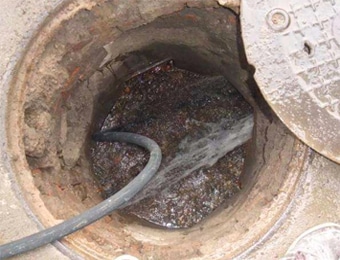
Sewage ejector pumps
Sewage ejector pumps are designed to pump untreated sewage from your home into a septic tank or gravity flow sewer main. For this reason, they can only pump to distances of up to 750 feet. However, one of the benefits of effluent ejector pumps is that they can deliver up to 200 gallons per minute of raw sewage. This is significantly higher than the amount that can be pumped by a septic tank grinding system. Typically, effluent ejector pumps are designed to handle large volumes of wastewater at low pressures.
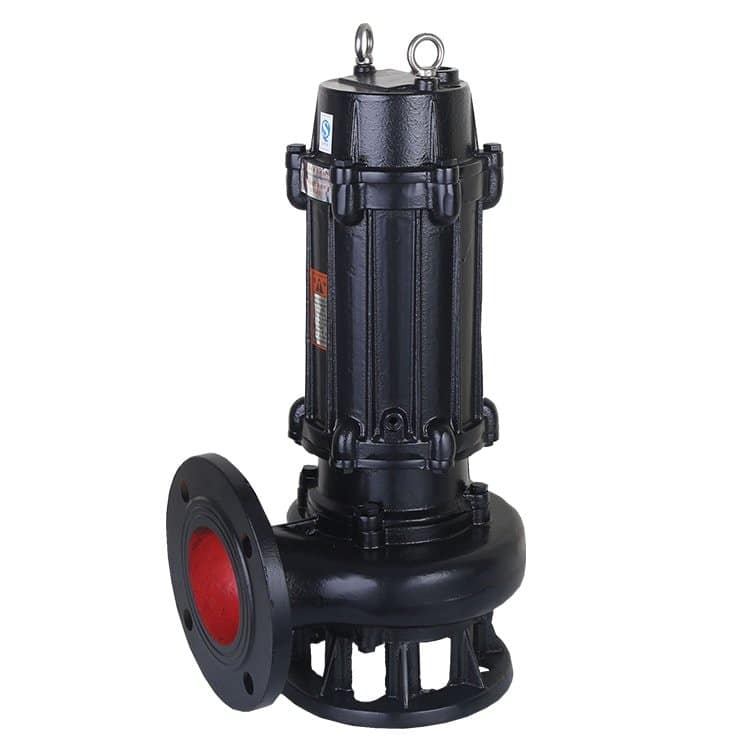
While both sewage ejector pump systems and septic grinder pumps pump raw sewage from your home to another destination, they do so in different ways. For example, sewage ejector pumps do not have abrasive vanes like grinder pumps. Instead, they use a rotating impeller to move untreated sewage from the bottom of the pump. Pressure is then used to force the effluent into the discharge pipe.
Septic tank grinder pumps
Septic tank grinder pumps are high pressure/low volume systems. This means they are better suited for transferring small amounts of raw sewage over longer distances than sewage ejector pumps. If you need to transfer sewage to a pressurized sewer main, a septic grinder pump will help you achieve this goal.
Septic grinder pumps contain vanes that are used to grind raw sewage into slurry before discharge. From there, it is transported to the pressurized sewer main.
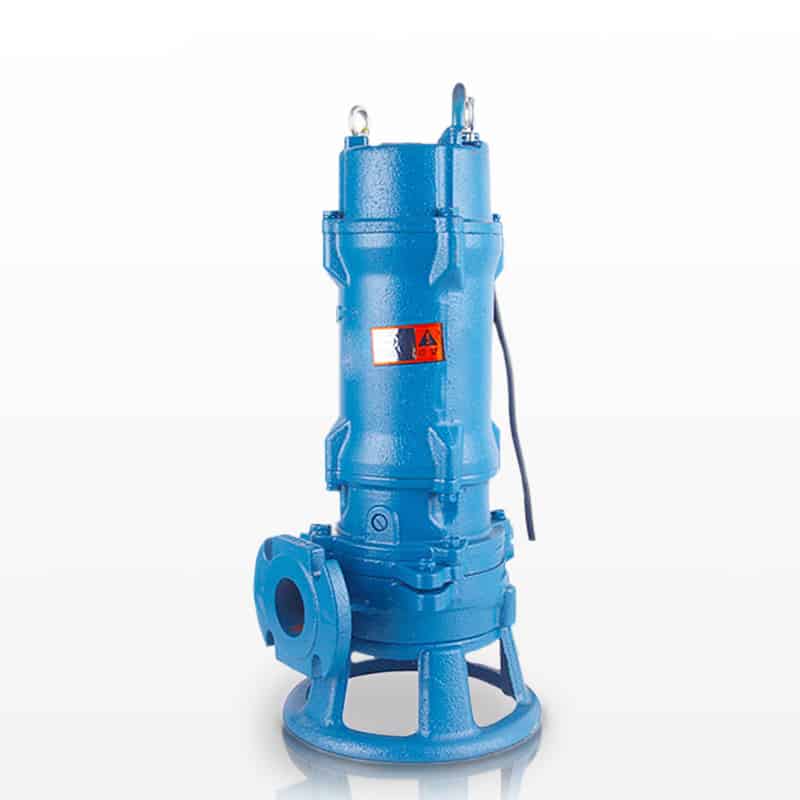
Septic grinder pumps should not be paired with septic systems because the slurry is so finely ground that it will not separate from the liquid once it enters the septic tank. This means it will not be sent to the secondary system, which can destroy your underground leach field.
Which pump should I use?
To determine which pump is best for your home’s sewage pumping needs, it is important to consider the amount of sewage you need to pump, the destination, and how far you need to travel to get there.
If you need to pump sewage to a pressurized sewer main, we recommend that you install a grinder pump. If you are pumping to a septic tank or gravity flow sewer main, then it is much better to use a sewage ejector pump.
Septic grinder pumps are also designed to pump surface sewage several thousand feet, which is a much greater distance than a sewage ejector pump can provide. The trade-off is that grinder pumps can only pump small amounts of sewage. Sewage ejector pumps, on the other hand, can transport large amounts of untreated sewage (up to 200 gallons per minute) to distances of up to 750 feet.
When you are selecting a sump pump system, it is best to consult with a professional pump engineer. Our technicians help you determine which pump is better suited to your needs.

